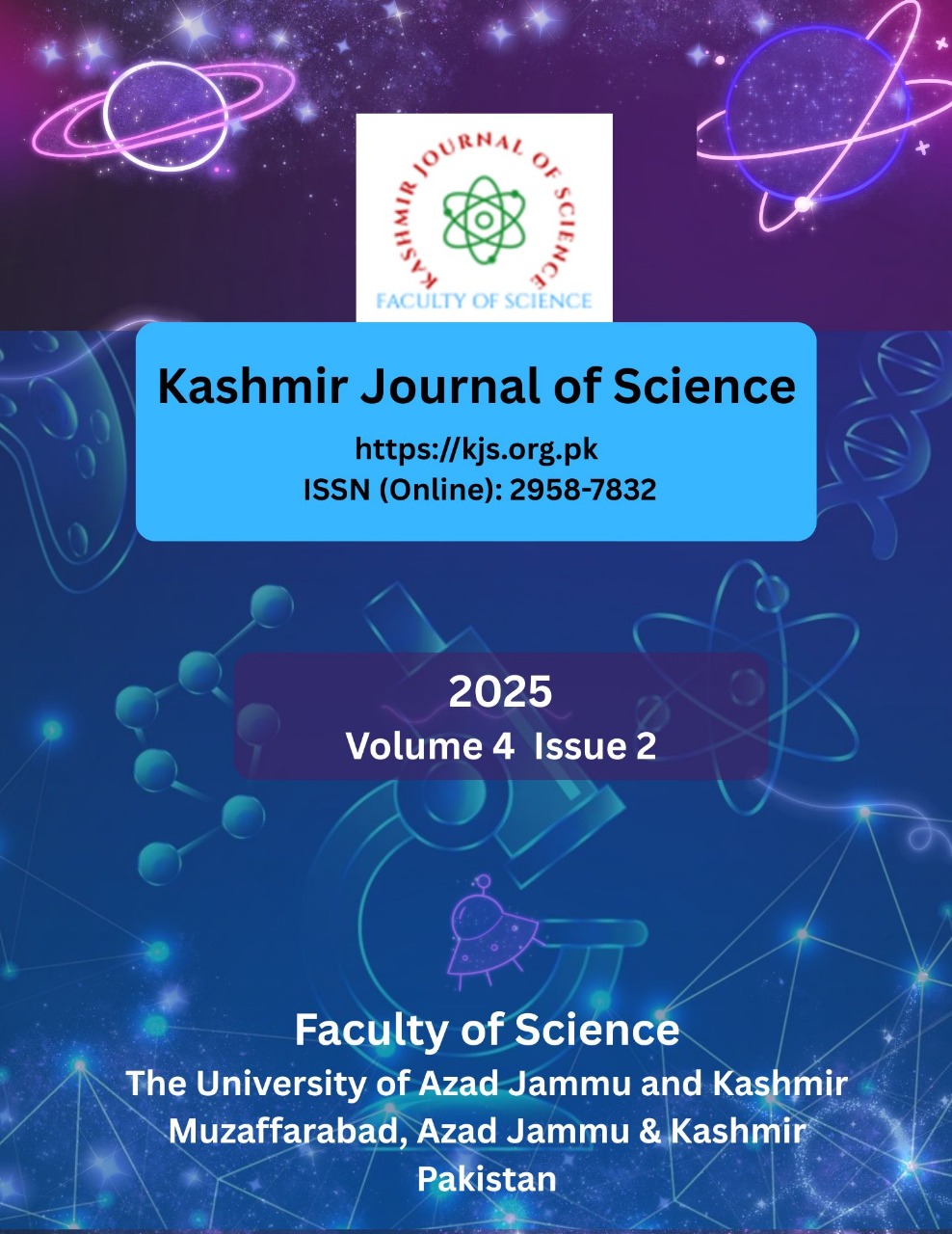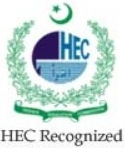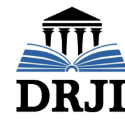Investigation of electrical and thermal properties of perovskite solar cells through multidimensional simulations to enhance performance and stability
DOI:
https://doi.org/10.63147/krjs.v4i2.55Abstract
Perovskite solar cells (PSCs) have gained widespread attention due to their impressive power conversion efficiency (PCE), low manufacturing costs, and versatile design potential. However, challenges such as thermal instability, material degradation, and inefficient charge carrier transport have limited their broader application. This research addresses these issues by investigating the electrical and thermal properties of PSCs through comprehensive 1D, 2D, and 3D simulations using COMSOL Multiphysics. The simulated solar cell structure consists of fluorine-doped tin oxide (FTO) as the front contact, titanium dioxide (TiO₂) as the electron transport layer (ETL), cuprous oxide (Cu₂O) as the hole transport layer (HTL), methylammonium lead iodide (MAPbI₃) as the perovskite absorber, and gold (Au) as the back contact. The analysis provides valuable insights into charge accumulation, energy level alignment, and thermal management, enabling improved device development and material characteristics. By enhancing charge separation and improving thermal stability, this research demonstrates improved performance, offering guidance for future PSC innovations. These results contribute to the development of more stable, efficient photovoltaic (PV) technologies for both research and commercial purposes.
References
Downloads
Published
Issue
Section
License
Copyright (c) 2025 Md. Kamrul Hasan, Mst. Roksana Akter Akter, Md. Sun Moon Islam

This work is licensed under a Creative Commons Attribution-NonCommercial 4.0 International License.
This work is licensed under CC BY-NC 4.0







